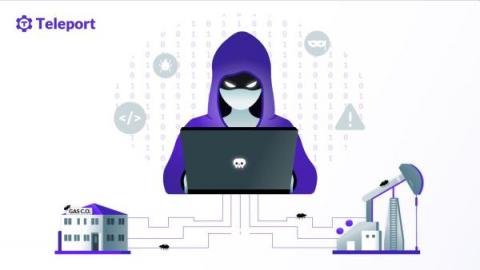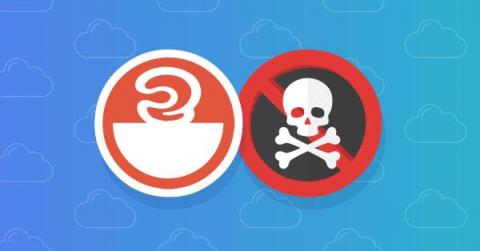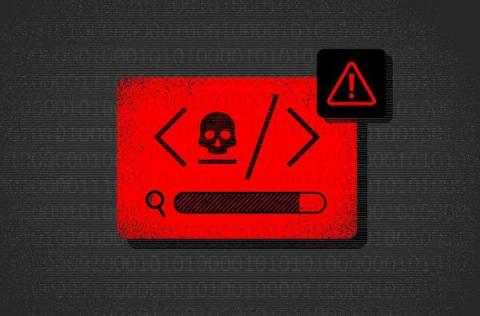Why Energy Infrastructure is National Security and How to Protect It
I am writing this from my home office in Texas. Texas isn’t just my home. It is the home of the best brisket on the planet, some of the most iconic high tech brands in the world, and energy production that powers the global economy. In the morning, I might meet with one of the fastest growing SaaS companies in the country about achieving the rigorous FedRAMP certification so they can sell to federal agencies.










